In the trend of modern home renovation, bathrooms are no longer just functional spaces for daily cleaning, but are gradually becoming private areas for relaxation and enjoyment. Especially in terms of shower experience, more and more families are choosing to install shower systems when renovating their bathrooms, replacing traditional single showerheads. According to the Houzz 2024 Bathroom Trends report, nearly 32% of bathroom renovation projects include upgrades to shower systems, an increase of almost 10 percentage points from five years ago.
However, the shower system is not perfect. It has obvious advantages in comfort, functionality, and aesthetic design, but also comes with challenges such as complex installation and high maintenance costs. This article will analyze the advantages and disadvantages of shower systems in bathroom renovations from the perspectives of industry data, practical applications, and consumer experiences, providing a reference for designers and consumers.
1. Main advantages of Shower Systems
1. Diversified water usage experience
Traditional showerheads can only provide a single shower mode, while shower systems typically integrate multiple water outlet modes such as top spray, handheld showerheads, and body spray heads. Users can choose between a gentle rain shower, a strong rinse, or a local massage as needed, greatly enhancing the bathing experience.
According to a survey by NKBA (American Kitchen and Bath Association), over 60% of surveyed users believe that "diversified water outlet modes" are one of the most attractive features of bathroom upgrades.
2. Enhance the level and aesthetic value of the bathroom
In bathroom renovation, the shower system is not only a choice for functional upgrades, but also an essential component of the overall design style. Whether it's stainless steel, matte black, or brushed metal surfaces, the shower system can complement the overall style of the bathroom.
Industry data shows that in high-end residential renovation projects, over 40% of homeowners tend to choose a complete shower system rather than a single showerhead as a key detail to enhance spatial grade.
3. Enhance relaxation and health functions
The massage nozzle and temperature control functions equipped in modern shower systems can help alleviate physical fatigue. Some high-end products even support a steam function, simulating the effect of hydrotherapy, making daily showers more health-preserving.
Cleveland Clinic's research suggests that constant-temperature hot water showers can help improve blood circulation and sleep quality, which is also a key reason why consumers are willing to invest in high-end shower systems.
4. Improve space utilization efficiency
For small bathrooms, choosing a suitable shower system can often make the spatial layout more efficient. For example, a wall-mounted handheld showerhead combined with a hidden pipeline design can make a limited space look simpler and more elegant. At the same time, integrated design reduces the need for additional facilities and avoids space being occupied by scattered equipment.
5. Enhance temperature control and water-saving performance
Modern shower systems typically utilize constant-temperature valve cores and low-flow, high-efficiency nozzle technology. EPA's WaterSense program data shows that water-saving shower systems can reduce water usage by about 20% without affecting comfort. This not only helps families save on water bills, but also responds to environmental trends.
2. Potential shortcomings of Shower Systems
1. High cost
The price of shower systems is significantly higher than that of traditional showerheads. The price range for regular showerheads is usually between $50 and $200, while shower systems start at $500, and high-end configurations can even exceed $2000. This is a significant expense for families with limited budgets.
2. Complex installation
Unlike a single showerhead, shower systems often require modifications to water pipes, electricity, and even walls. For example, installing top spray and body spray nozzles often requires a hidden piping design, which increases construction time and labour costs. For old residential buildings, the difficulty and expense of renovation may be higher.
3. High maintenance costs
Due to the more complex structure and numerous components of the shower system, the difficulty and cost of maintenance in the later stages also increase. Valve core, nozzle blockage or damage to the electronic control module may require professional repair. The supply cycle of some imported brands' parts is relatively long, and the waiting time for maintenance may affect the user experience.
4. High requirements for water pressure
The shower system requires stable and sufficient water pressure to achieve optimal performance. If the residential water pressure is insufficient, the top spray may not reach the ideal "rain shower" experience. It may even result in multiple water outlets being unable to be used simultaneously. For some old communities, this may become a bottleneck in usage.
5. Large space requirements
Although some designs are suitable for small bathrooms, a fully configured shower system (top spray, side spray, and steam device) often requires more space. If the bathroom area is limited, it may not be able to fully utilize its functional advantages.

3. Consumer Trends and Industry Data
The Statista 2024 report indicates that the global shower system market is projected to reach $24 billion by 2030, with a compound annual growth rate (CAGR) of approximately 8%.
In the North American market, products that balance water conservation and comfort are particularly popular, with about 54% of consumers stating that energy-saving and water-saving performance is the primary consideration when choosing a shower system.
The Houzz survey also noted that among middle- and high-income groups aged 35-55, over 40% of bathroom renovation projects include upgrading shower systems, reflecting the market's emphasis on high-quality bathing experiences.
4. Suitable application scenarios for installing Shower Systems
High-end residences and master bathrooms: With ample space and relatively generous budgets, shower systems can comprehensively enhance the level of comfort.
Family members have diverse needs: for example, they need to hold a showerhead to take care of the elderly or children, while also hoping to enjoy the relaxing experience brought by the top spray.
Users who value health and relaxation: Shower systems with massage or steam functions can meet daily health needs.
Water saving and environmentally friendly households: By choosing WaterSense-certified products, shower systems can also balance environmental protection and comfort.
5. How to balance the pros and cons?
Limited budget: You can choose a basic multifunctional showerhead instead of a complete shower system, which not only enhances the experience but also controls costs.
Old residential renovation: It is recommended to check the water pressure and pipeline layout before renovation to avoid restrictions on later use.
Families that value maintenance should choose brands with comprehensive after-sales service to ensure convenient supply and repair of accessories.
Bathroom with limited space: A wall-mounted or embedded simplified design can be prioritized to avoid crowded space.
Conclusion
In bathroom renovation, shower systems are undoubtedly a vital upgrade option to enhance the quality of life and bathing experience. They excel in terms of functional diversity, comfort, and aesthetic value, while also presenting challenges in terms of price, installation, and maintenance.
For users who seek high-end experiences and healthy relaxation, shower systems are a worthwhile long-term investment. For families with limited budget or space, a simplified version can be chosen to balance the pros and cons. With the further development of water-saving technology and intelligent functions, future shower systems are expected to achieve a better balance between comfort and sustainability, becoming the core configuration for more home bathroom renovations.

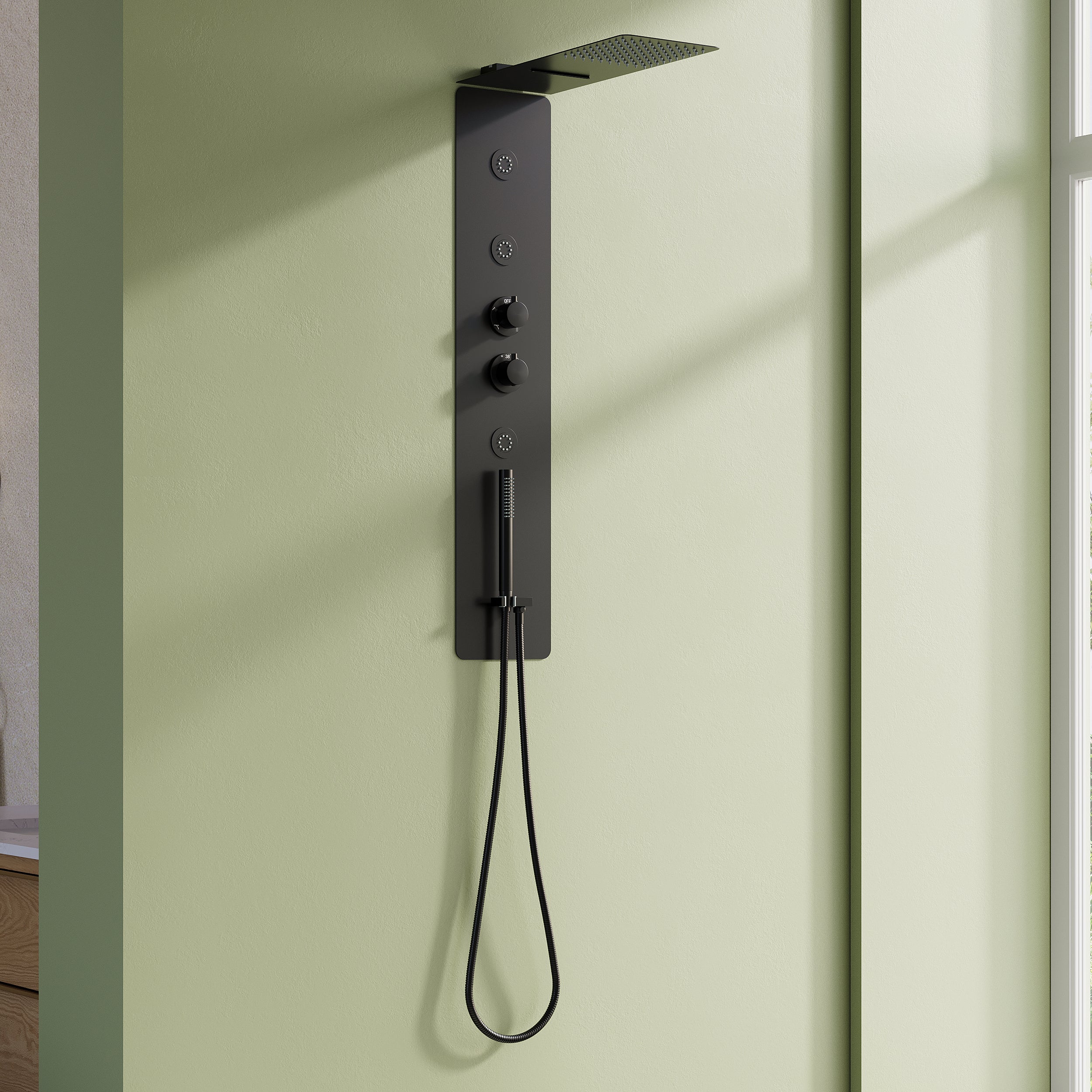






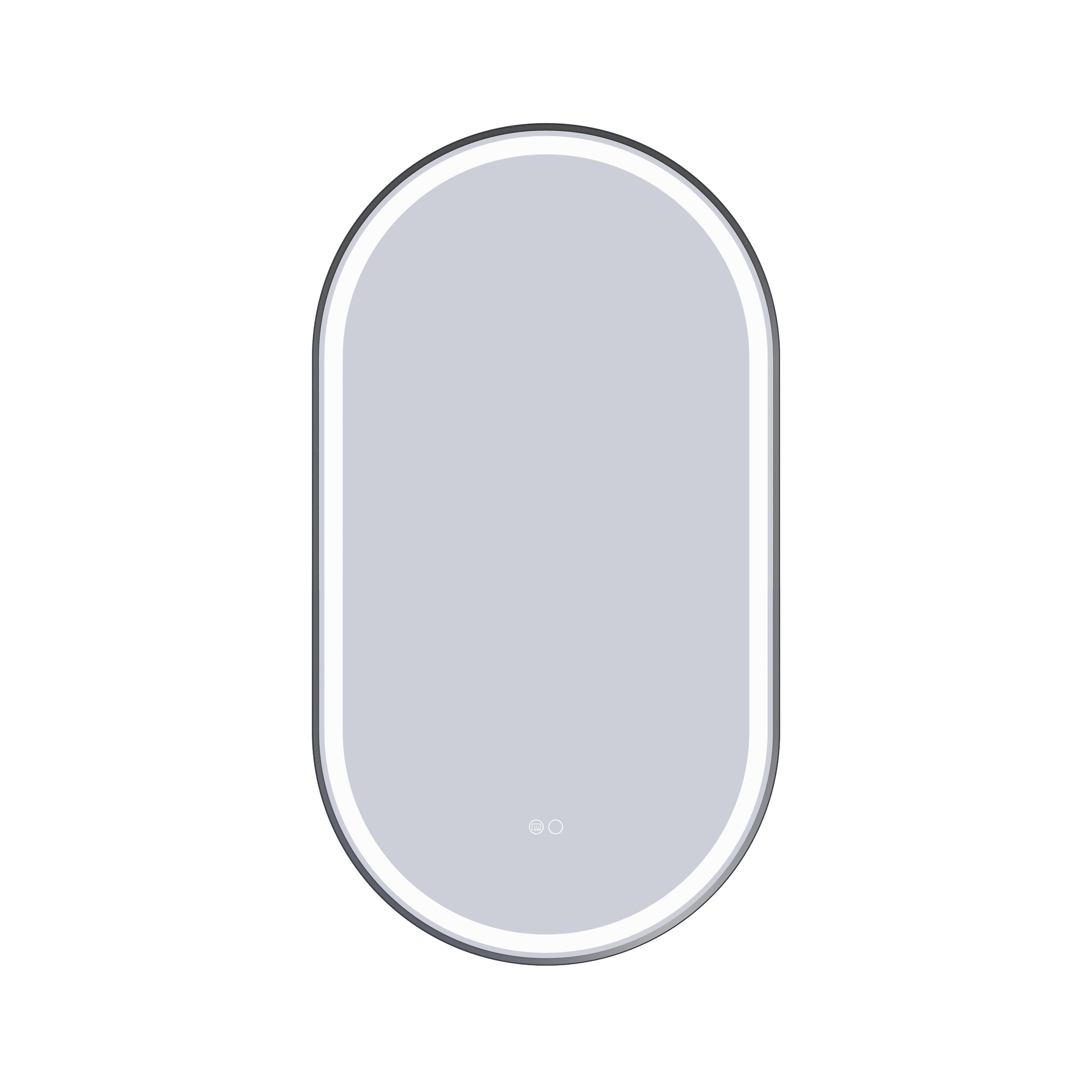

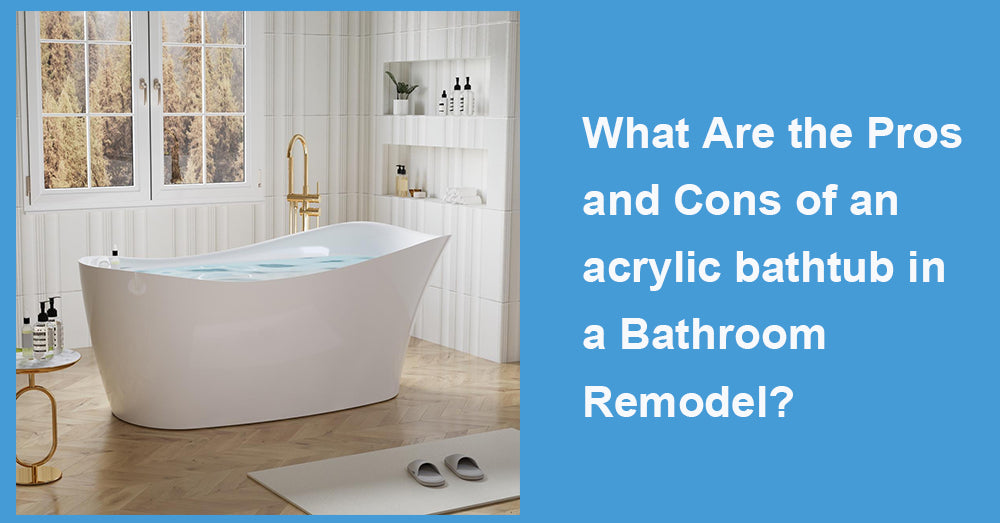

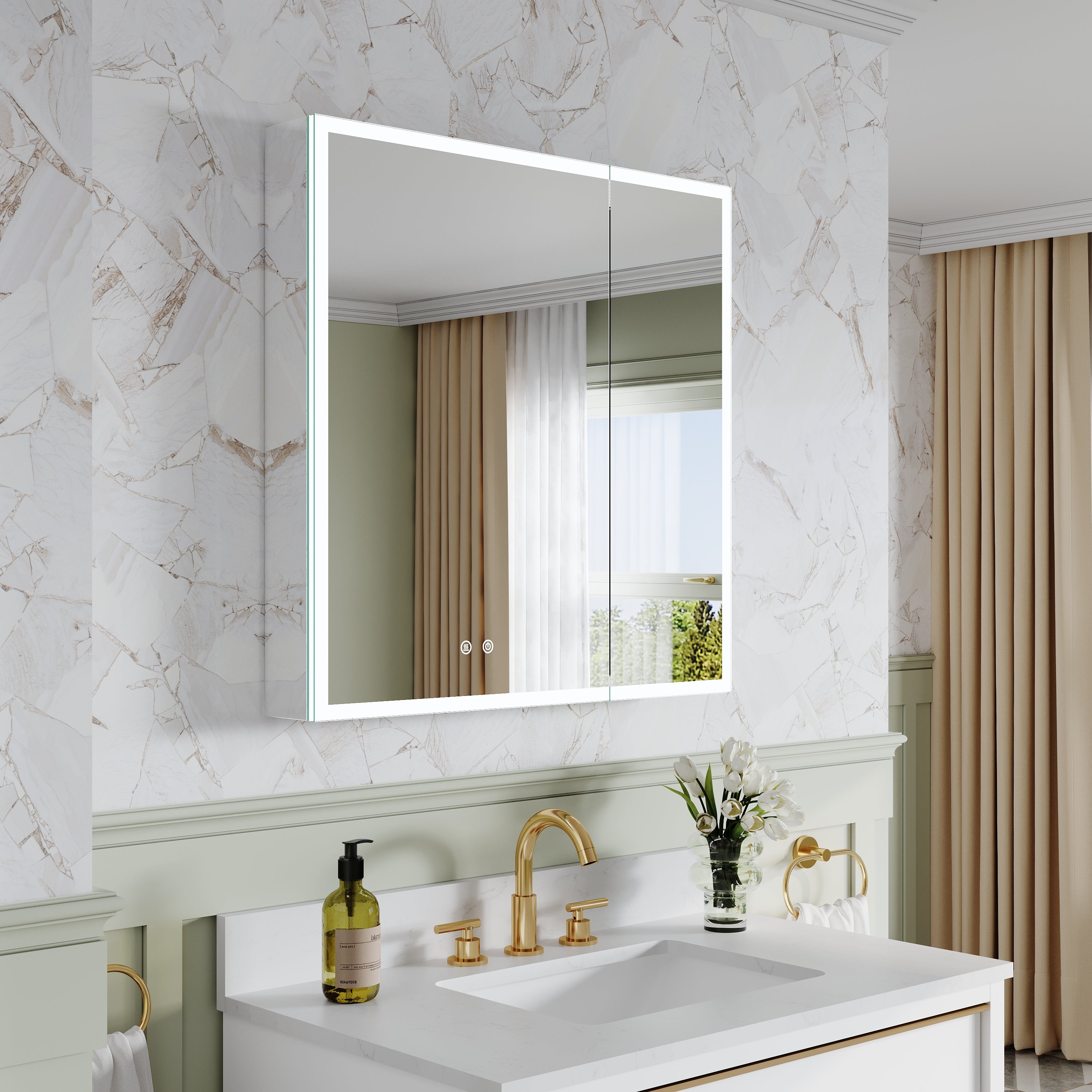
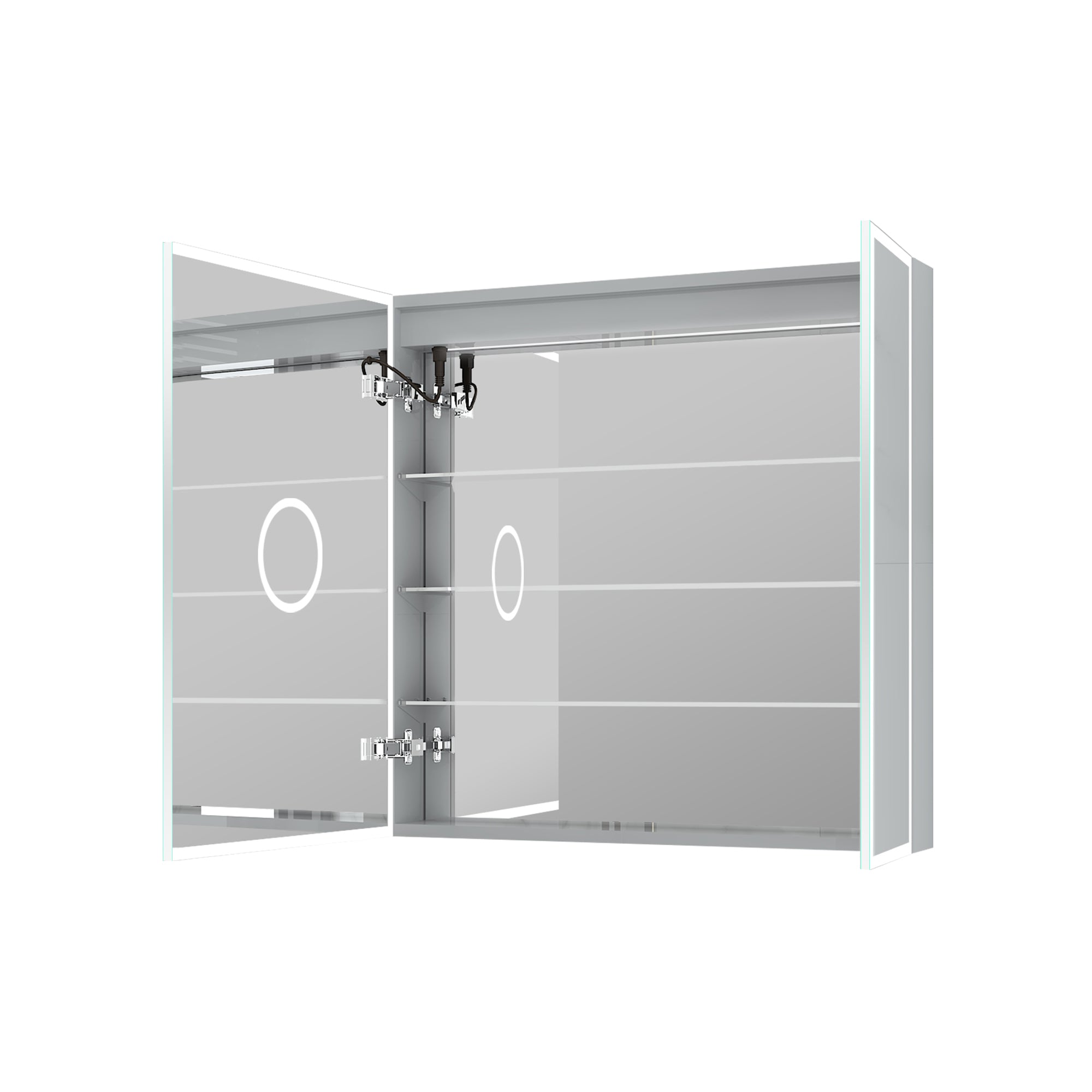
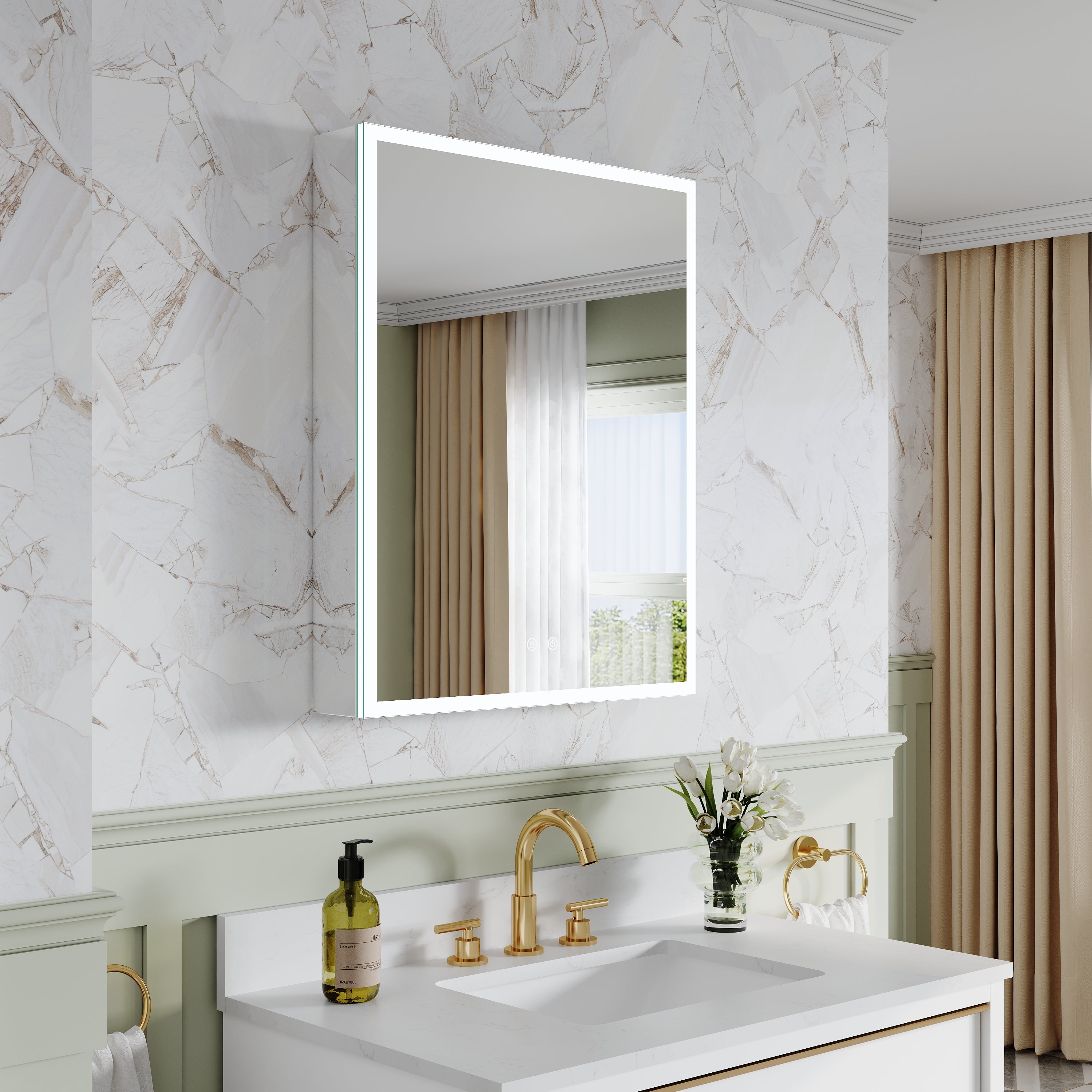
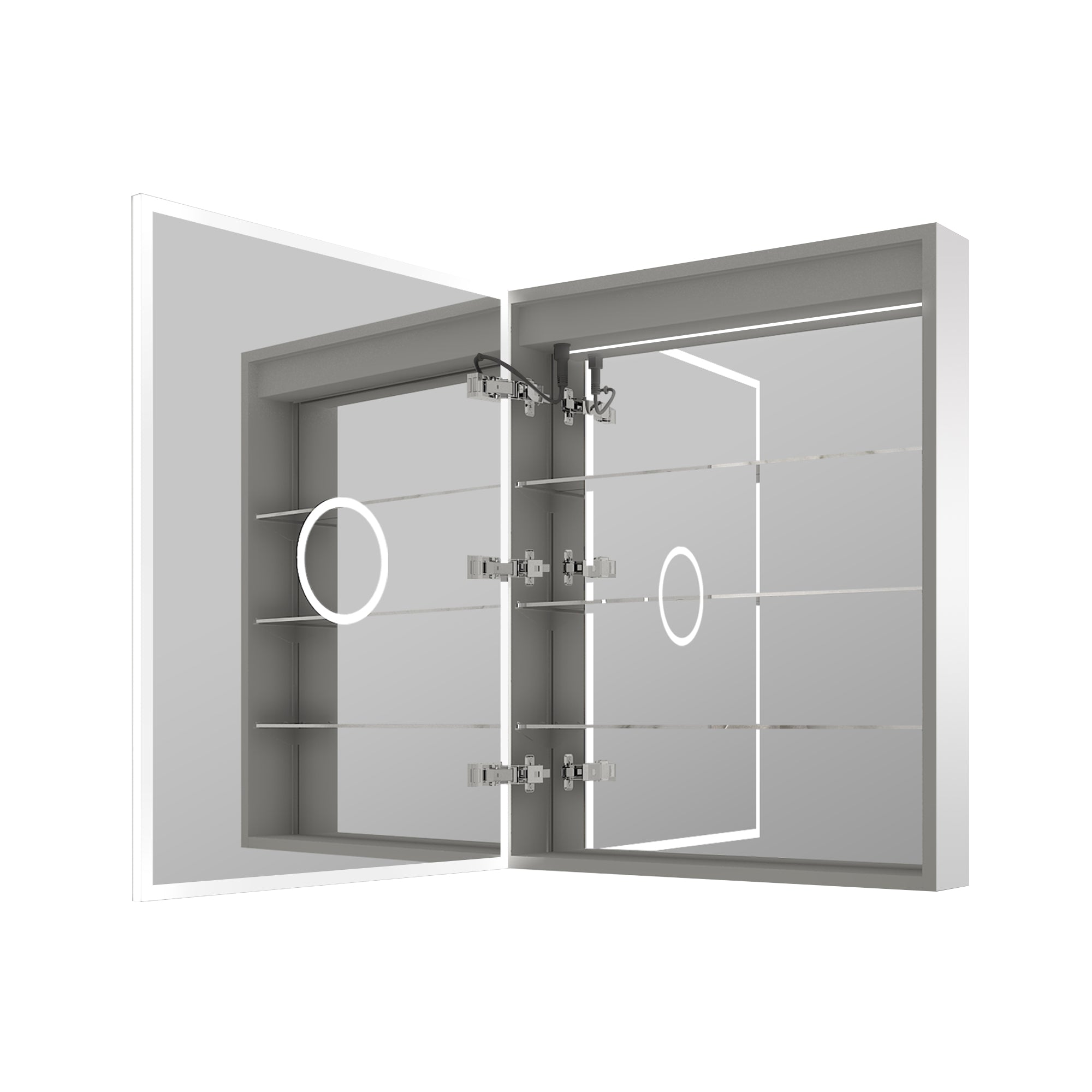
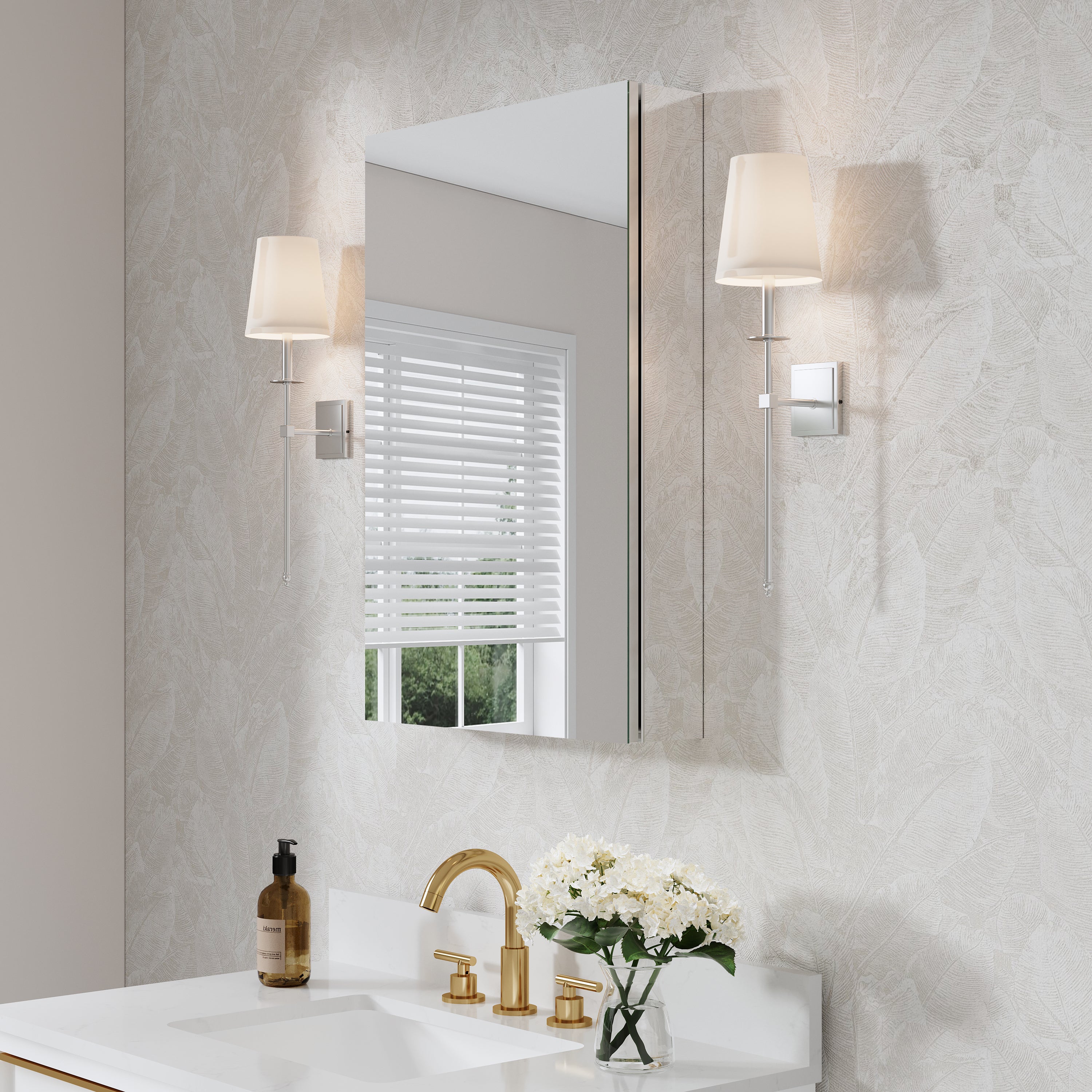
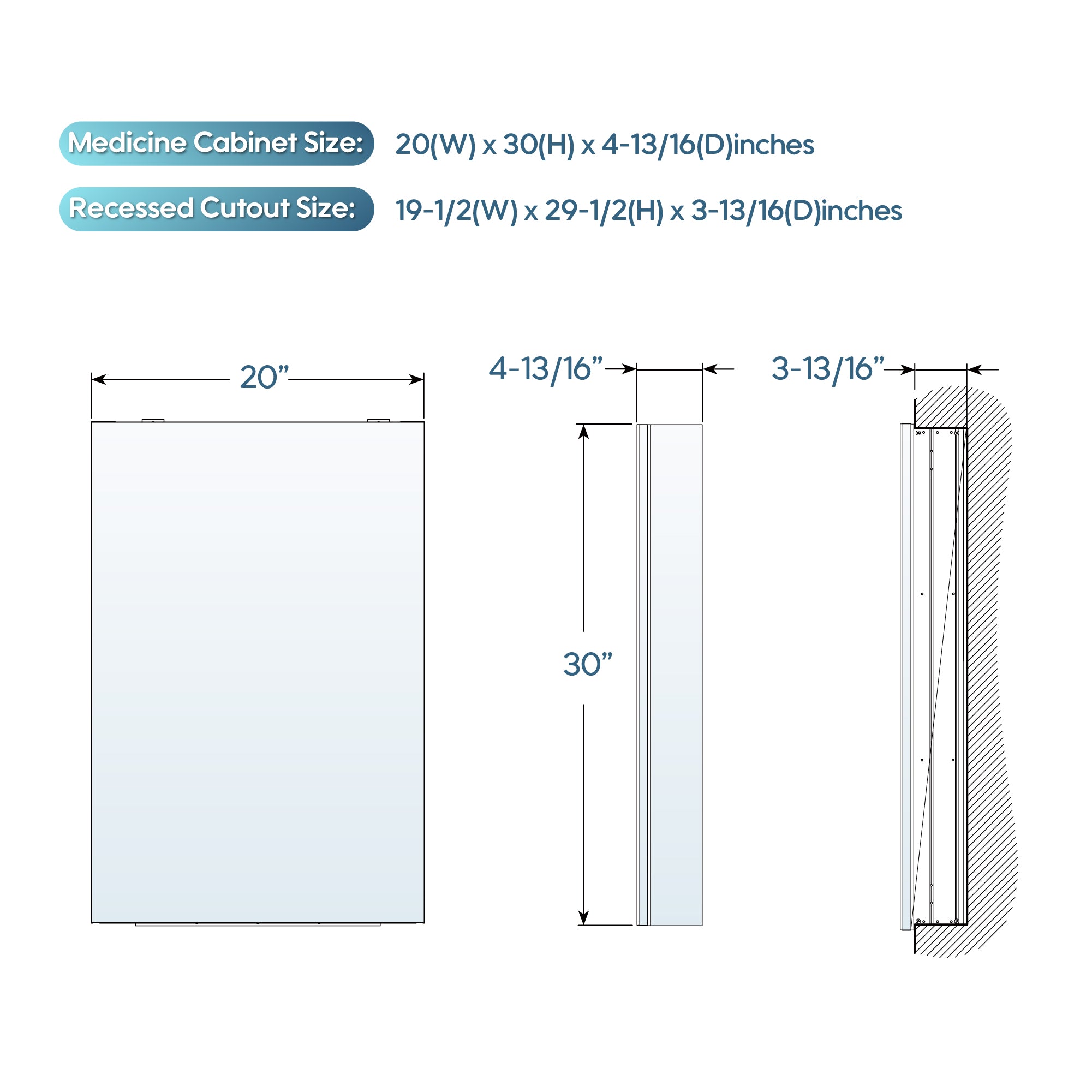
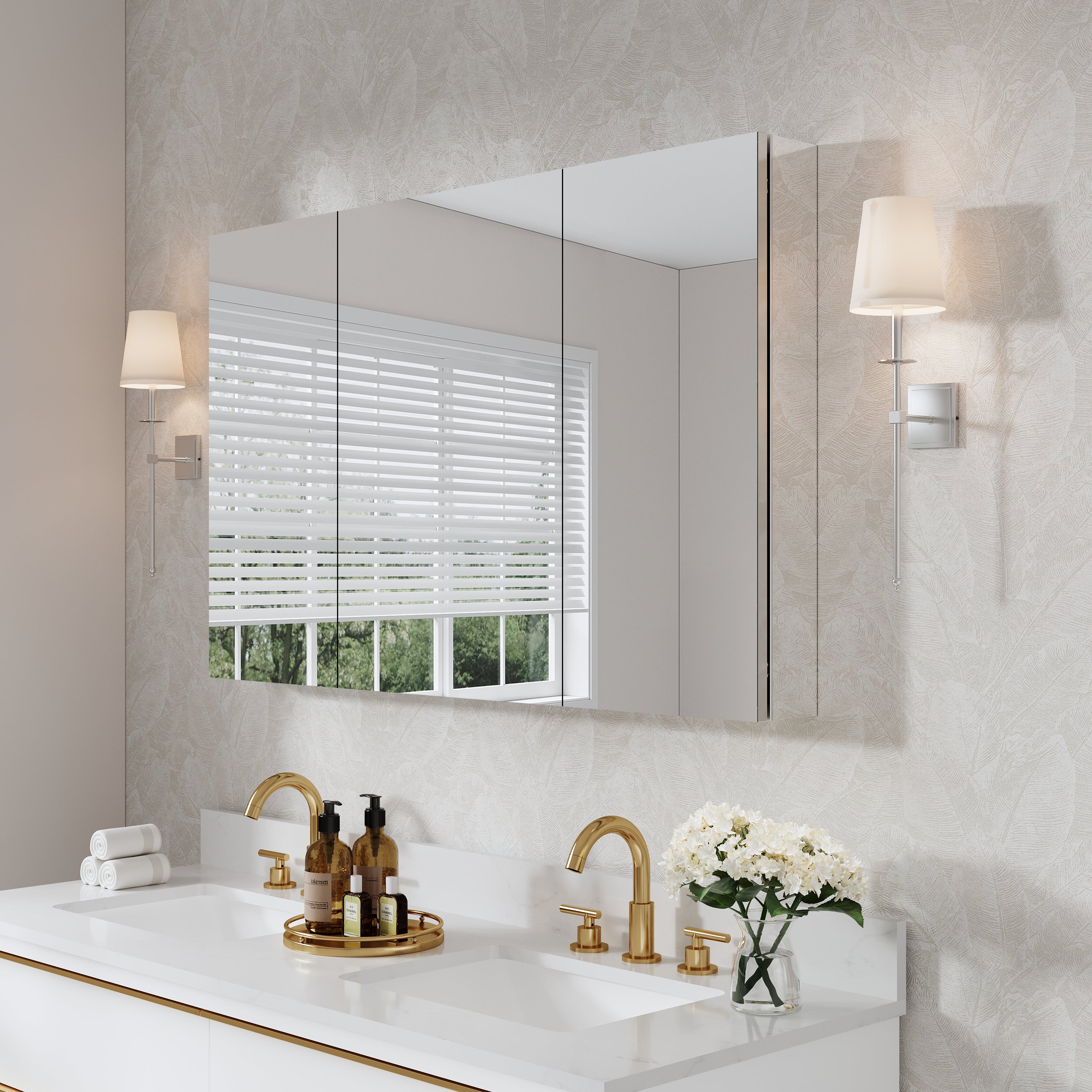
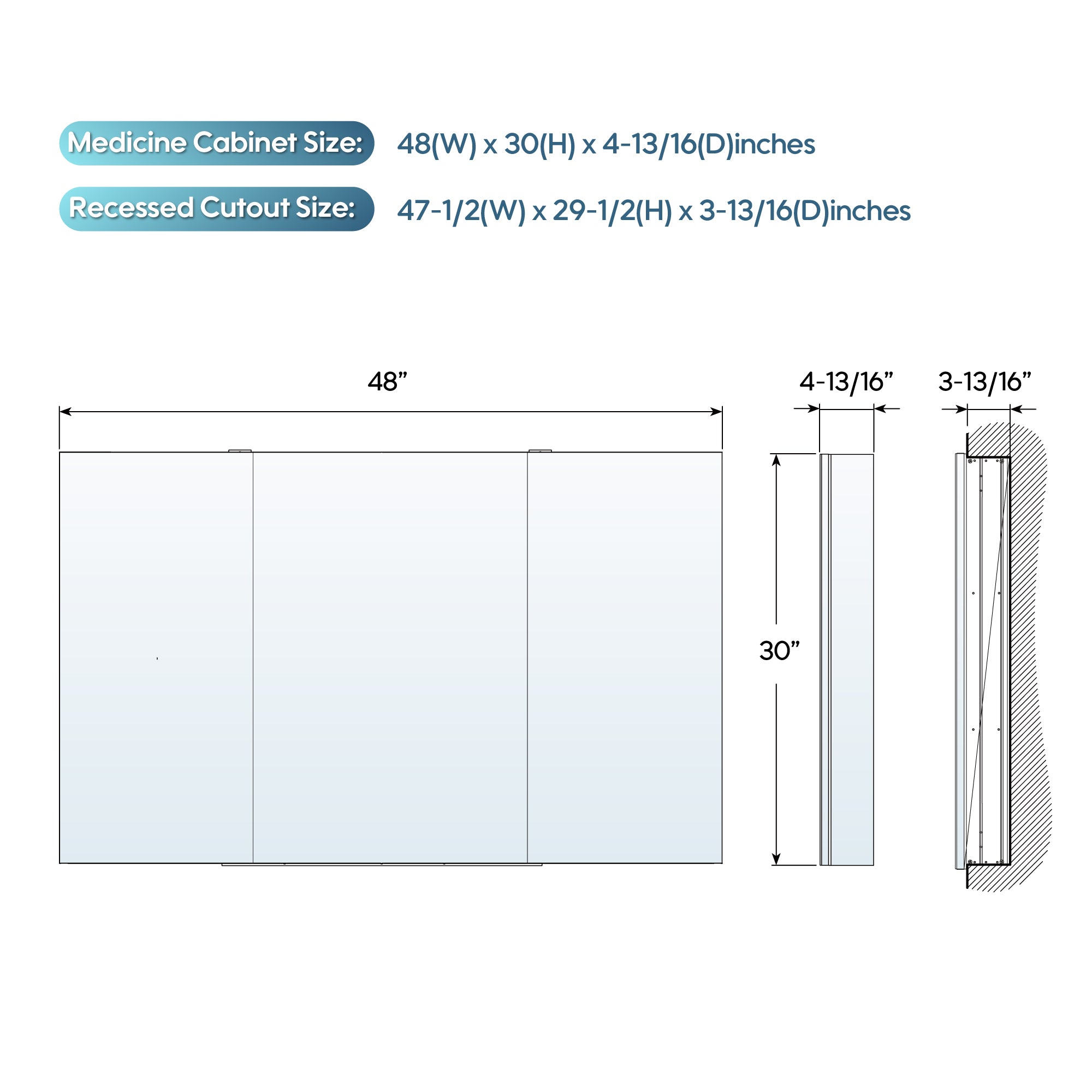
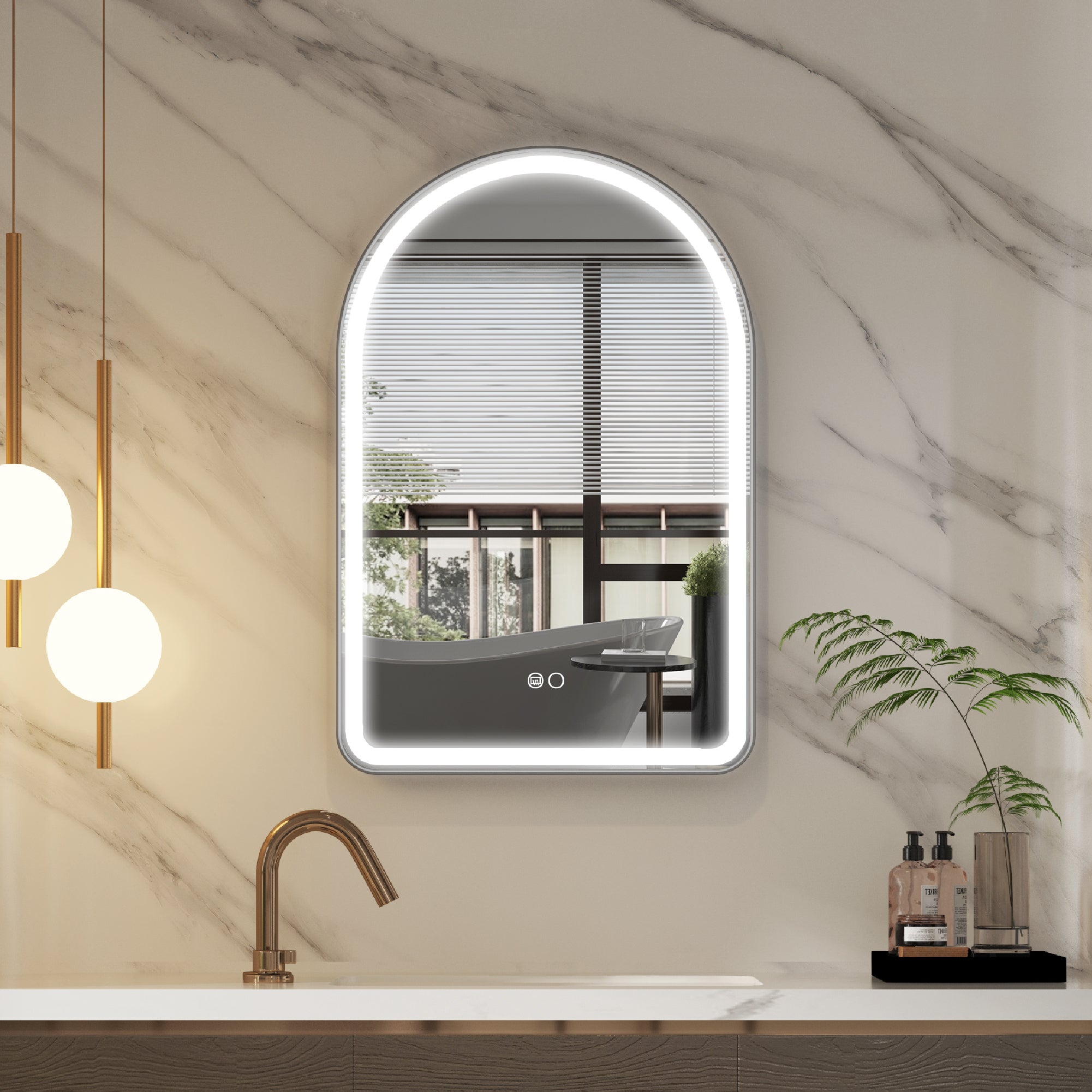
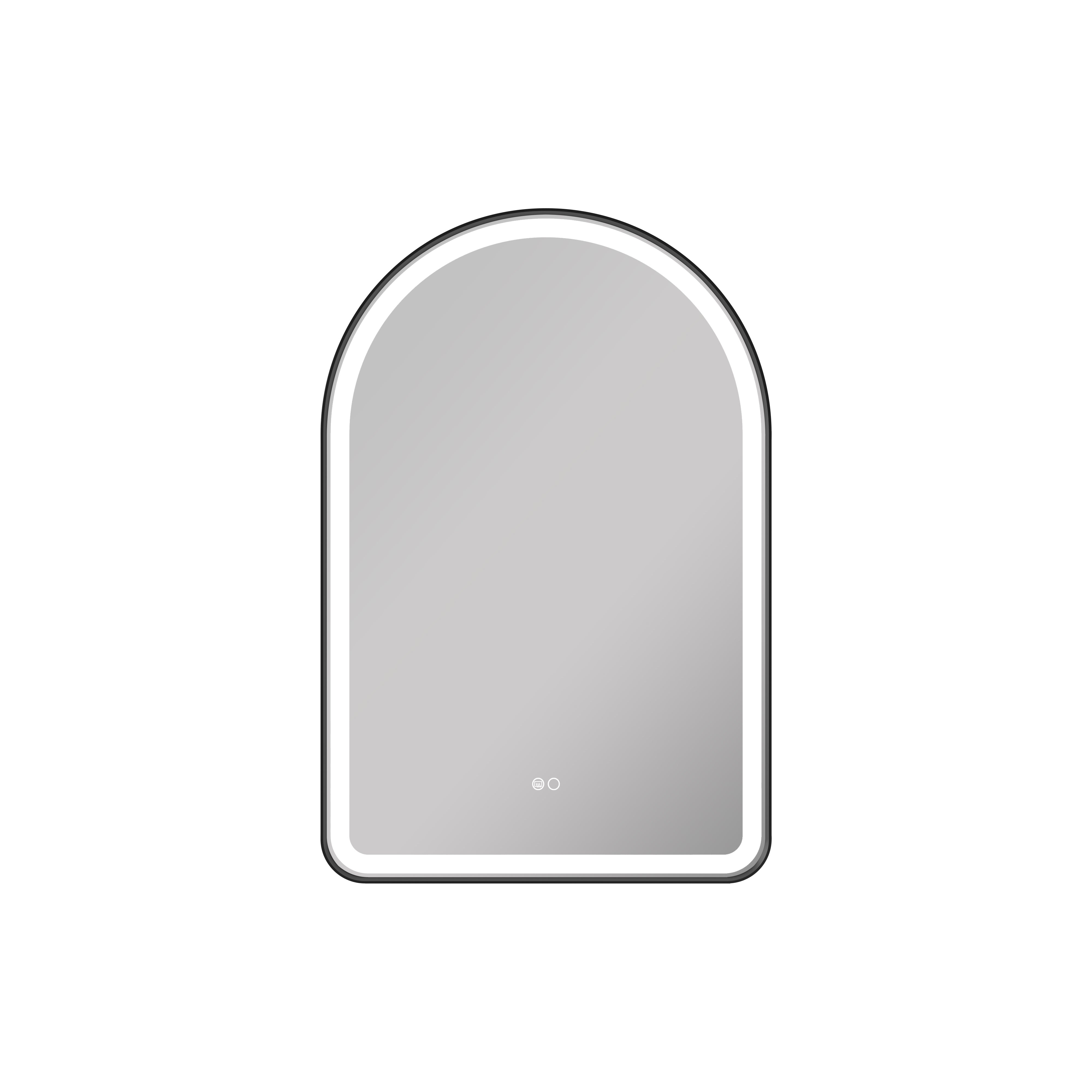


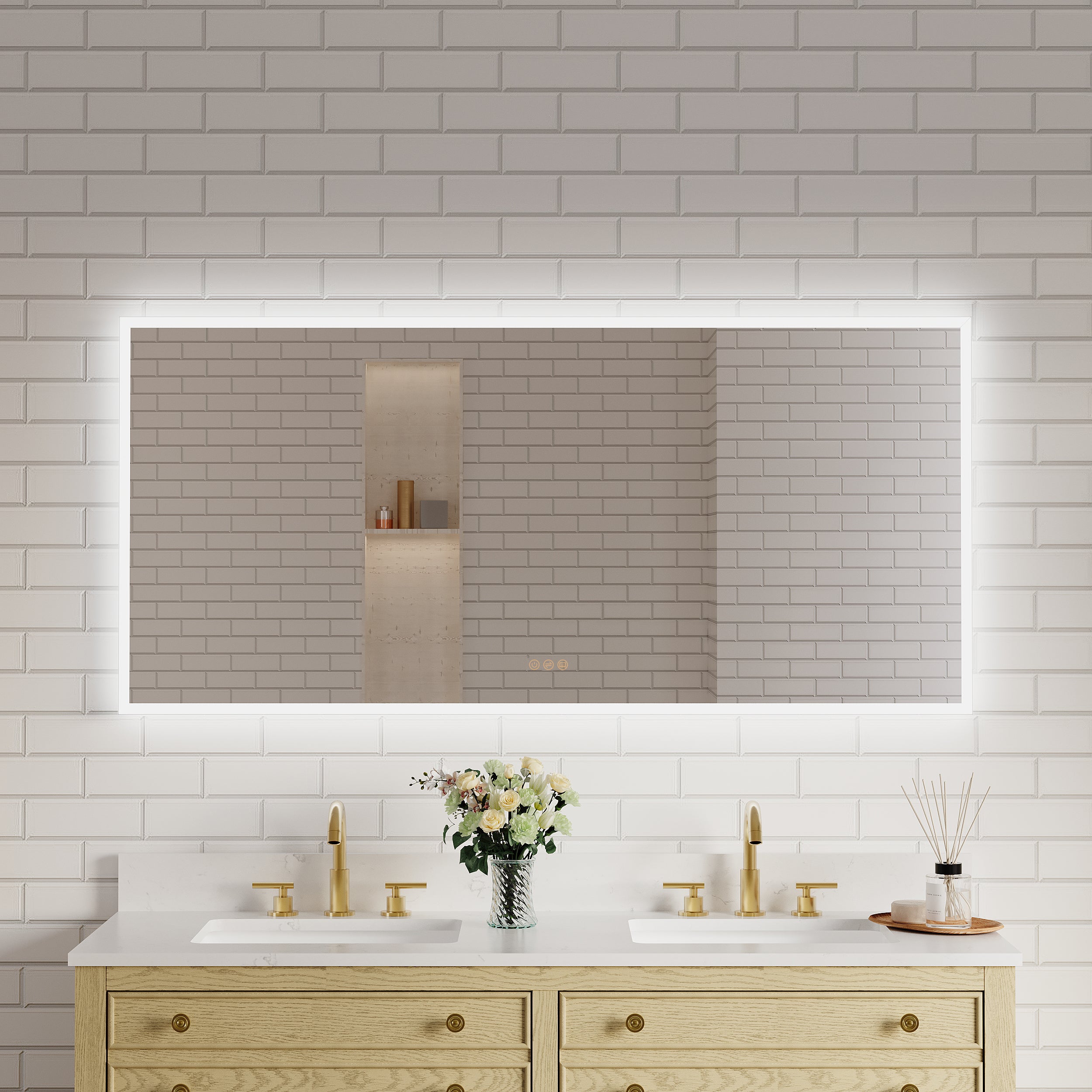

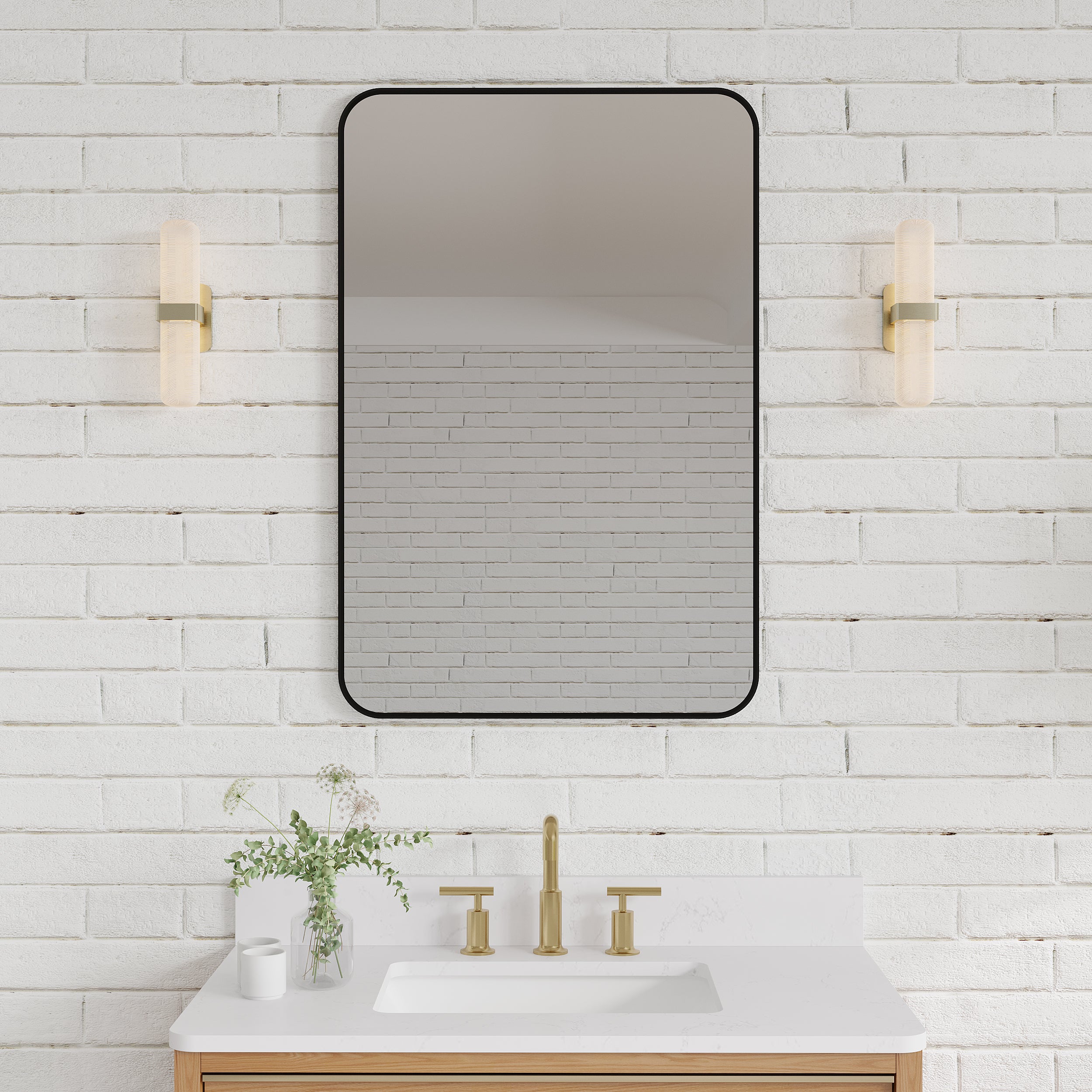

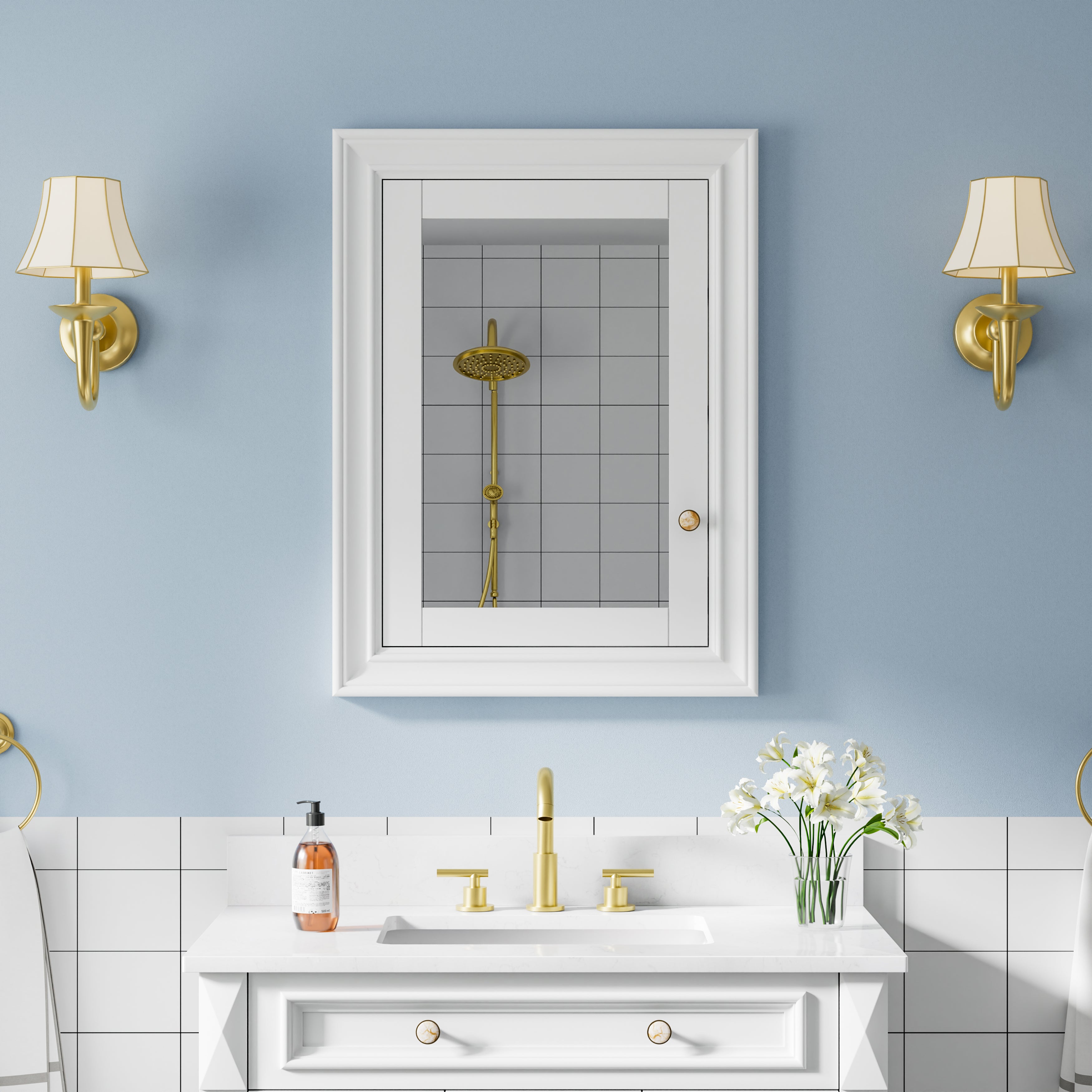
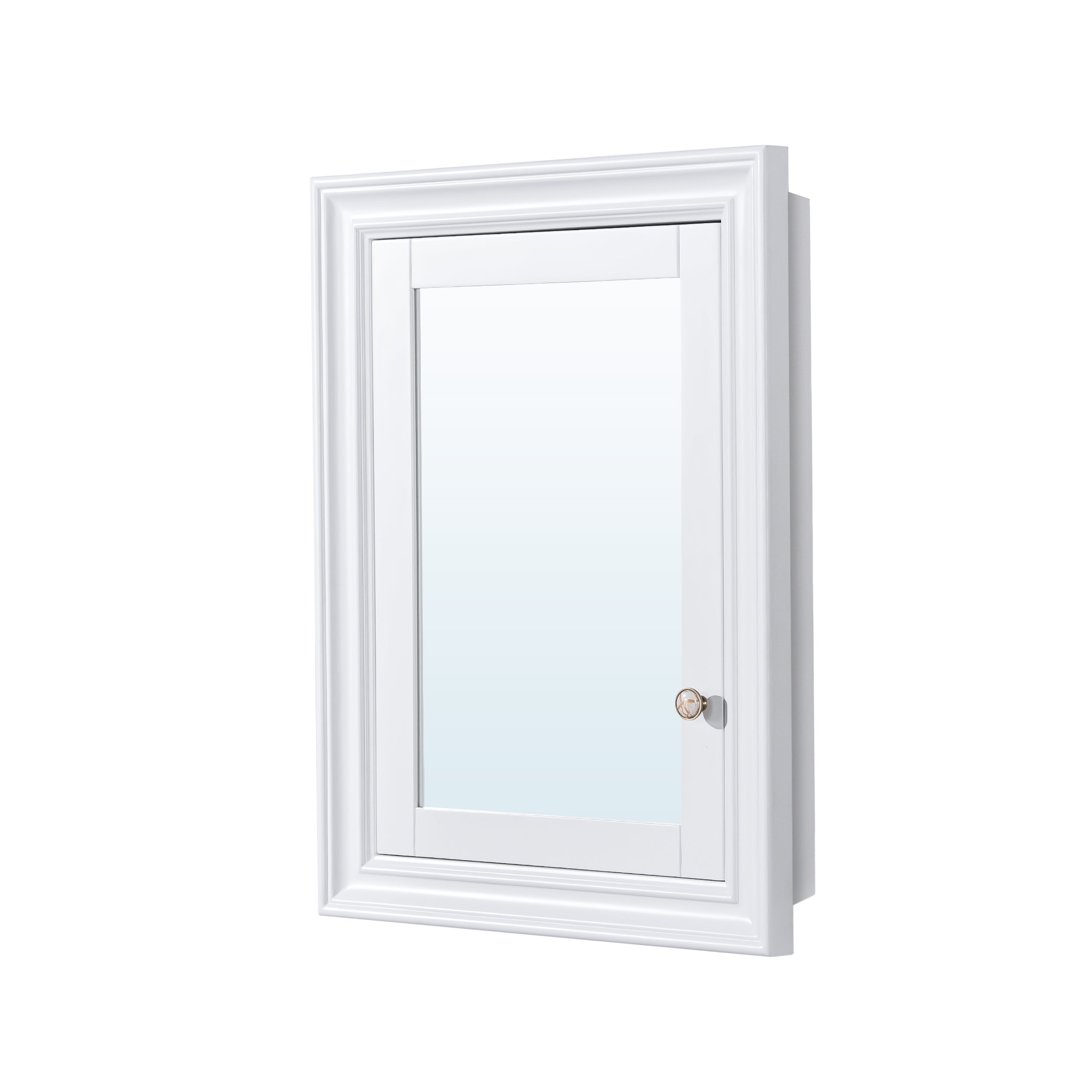










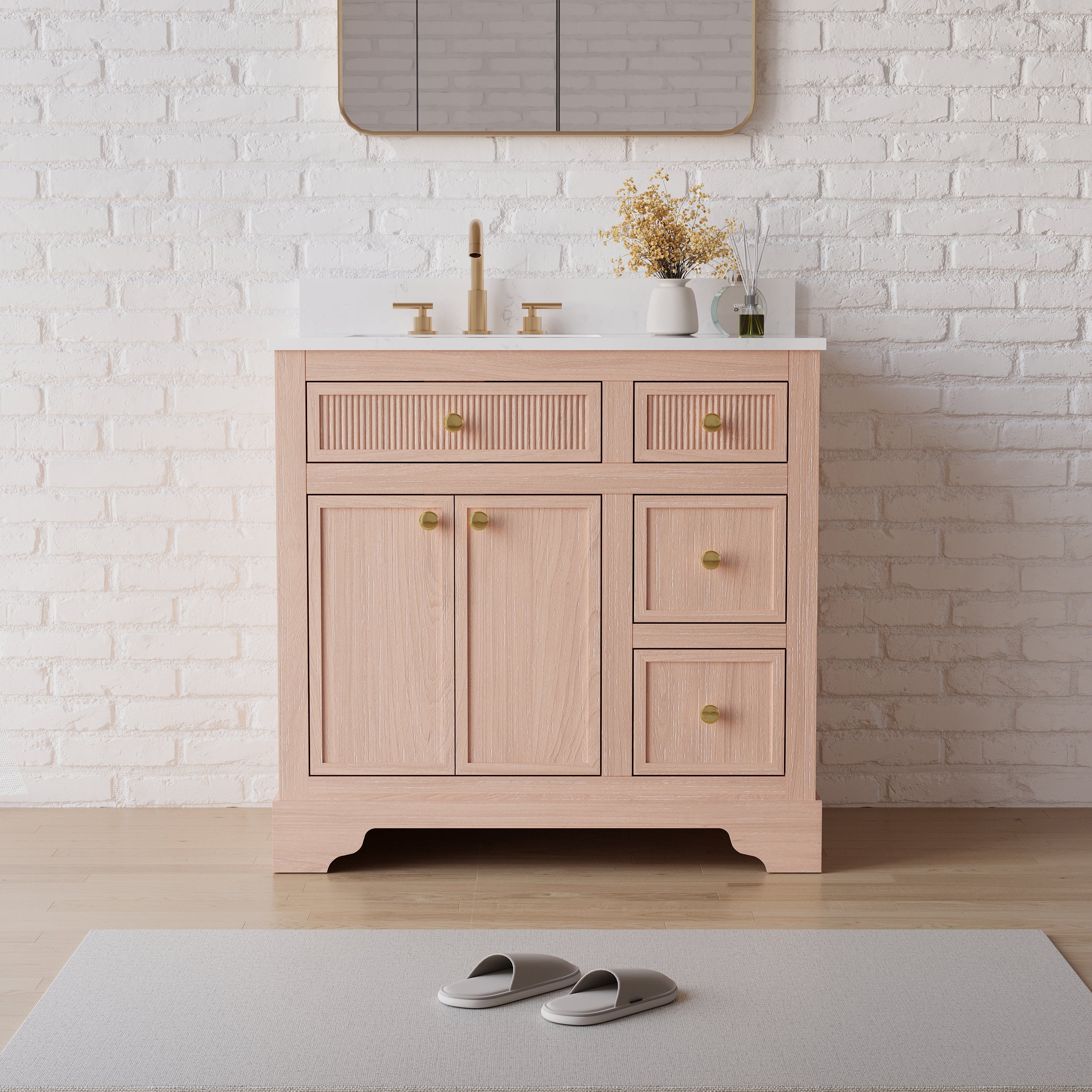
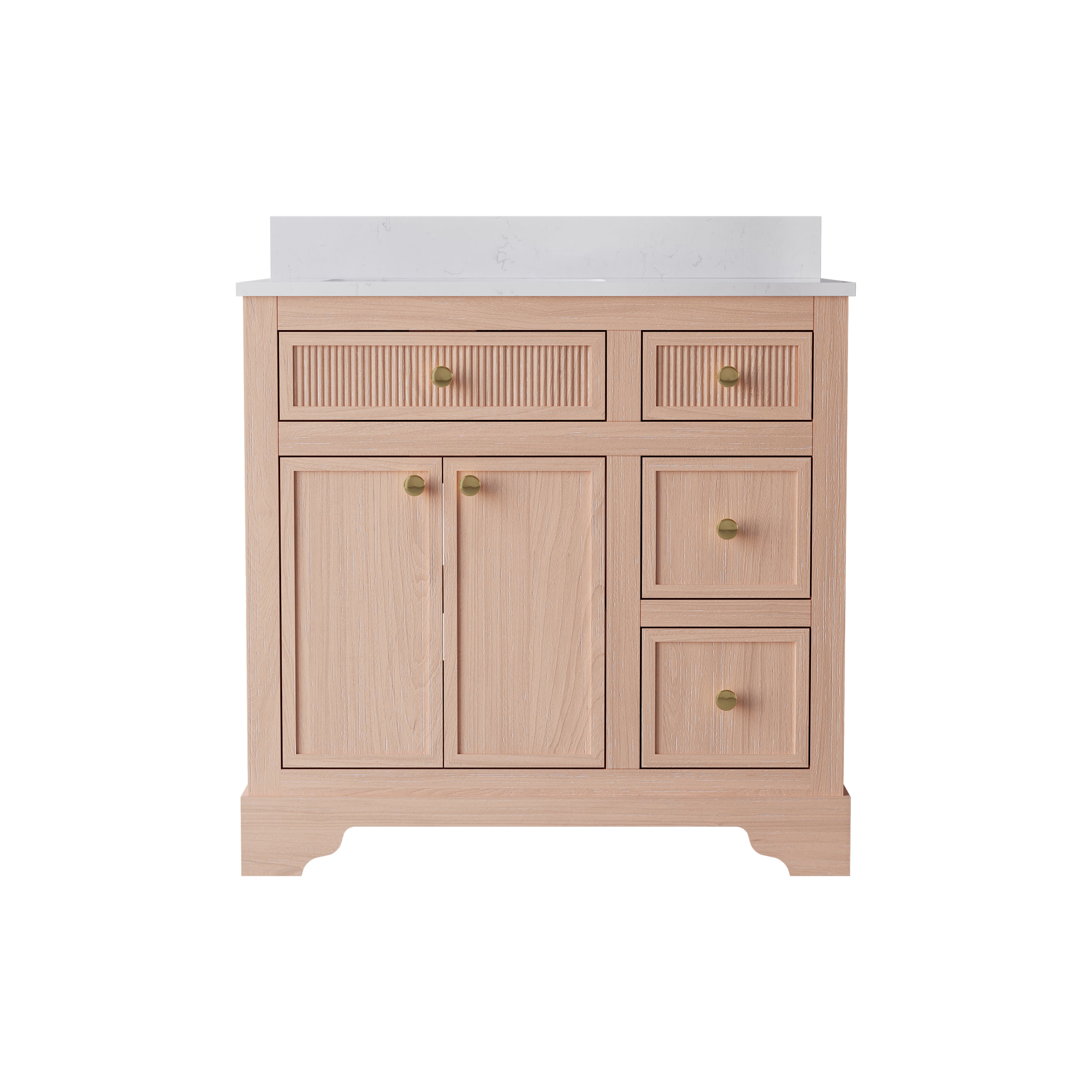
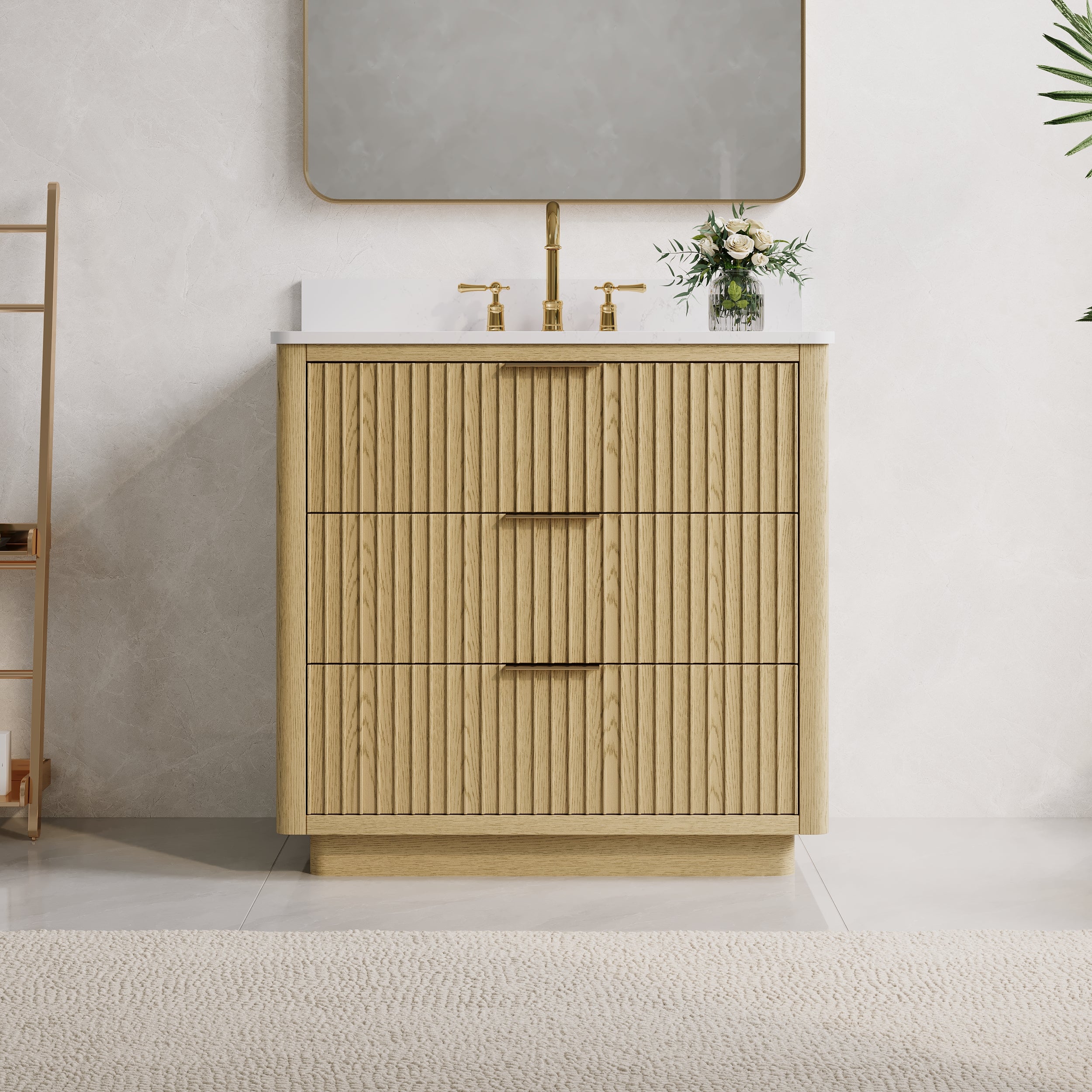
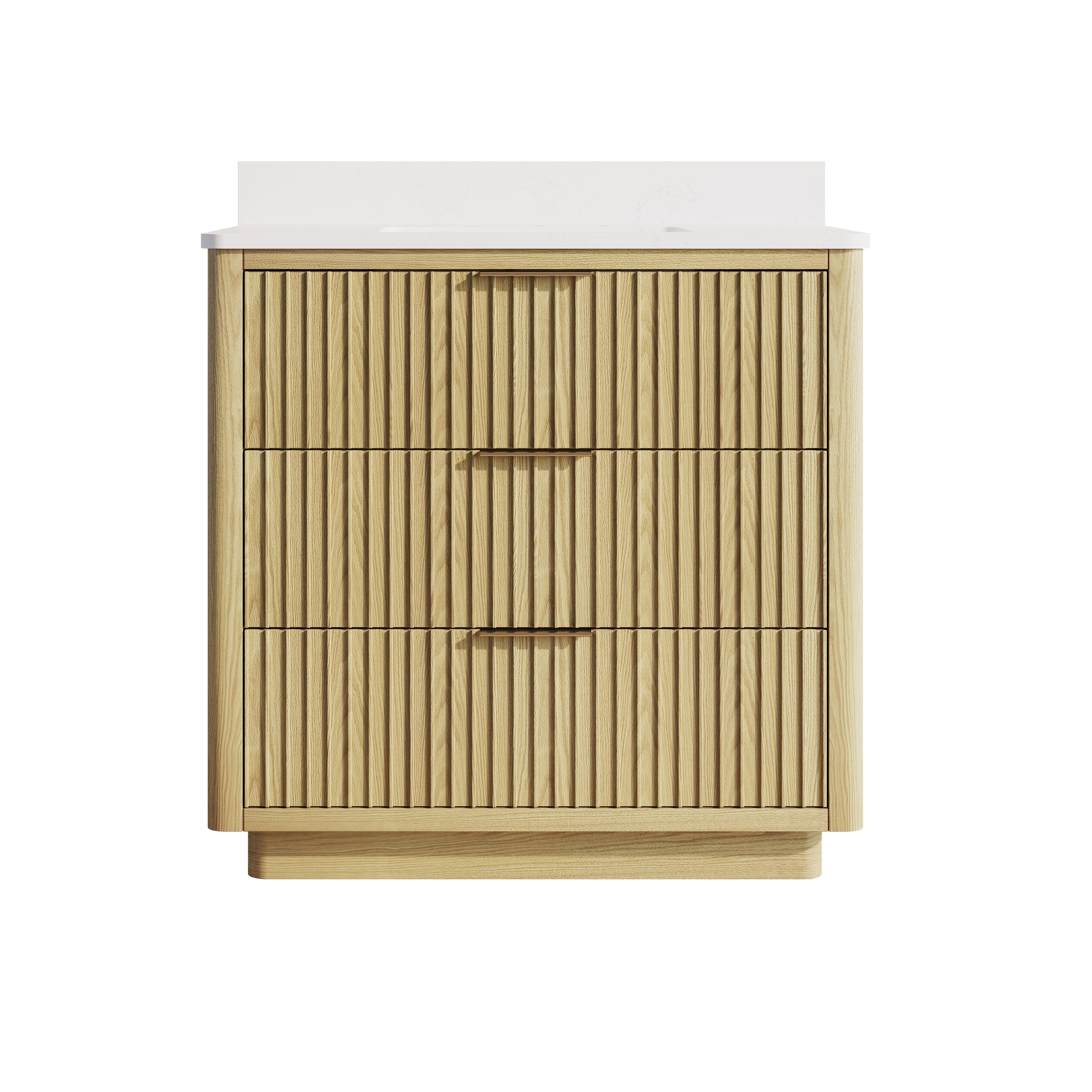
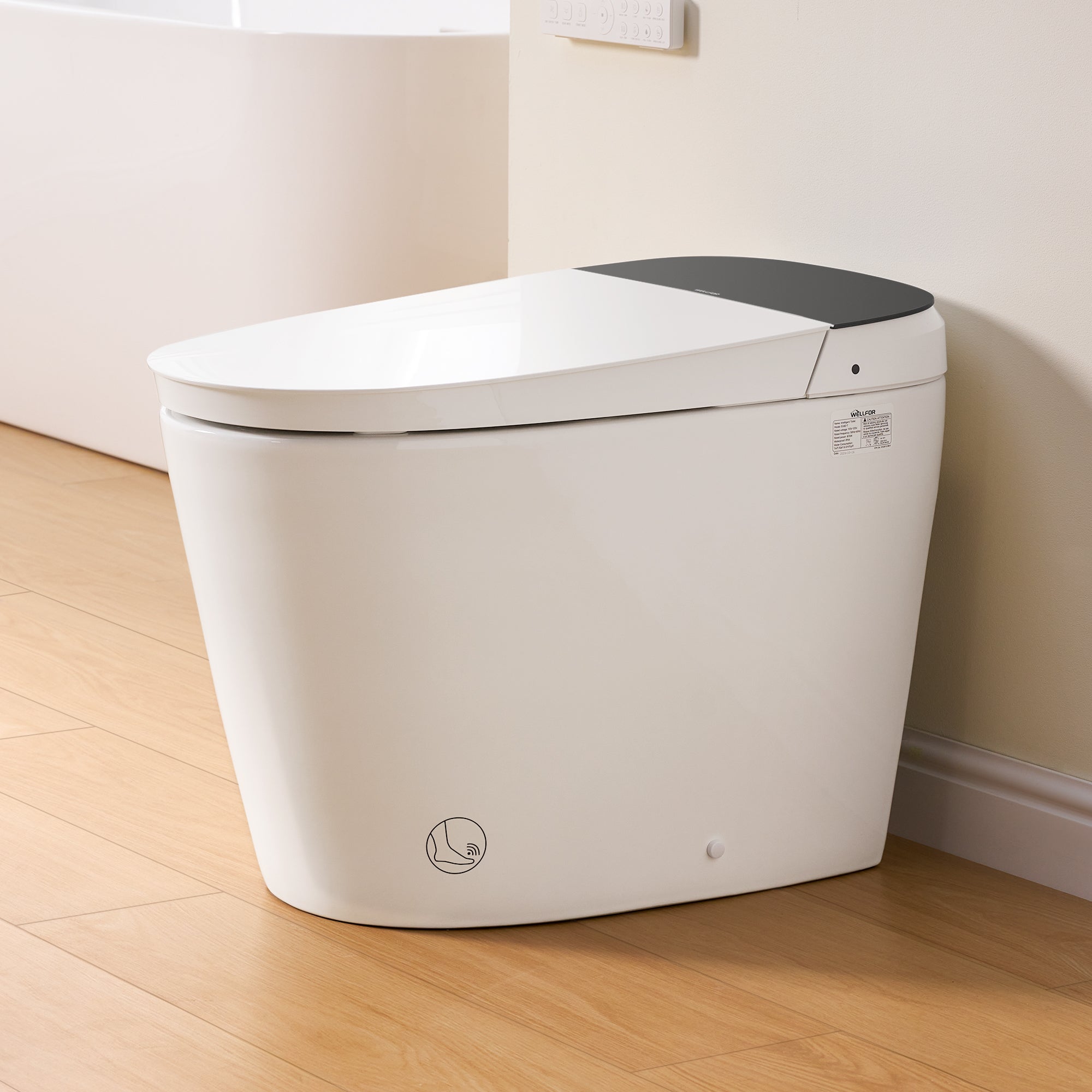
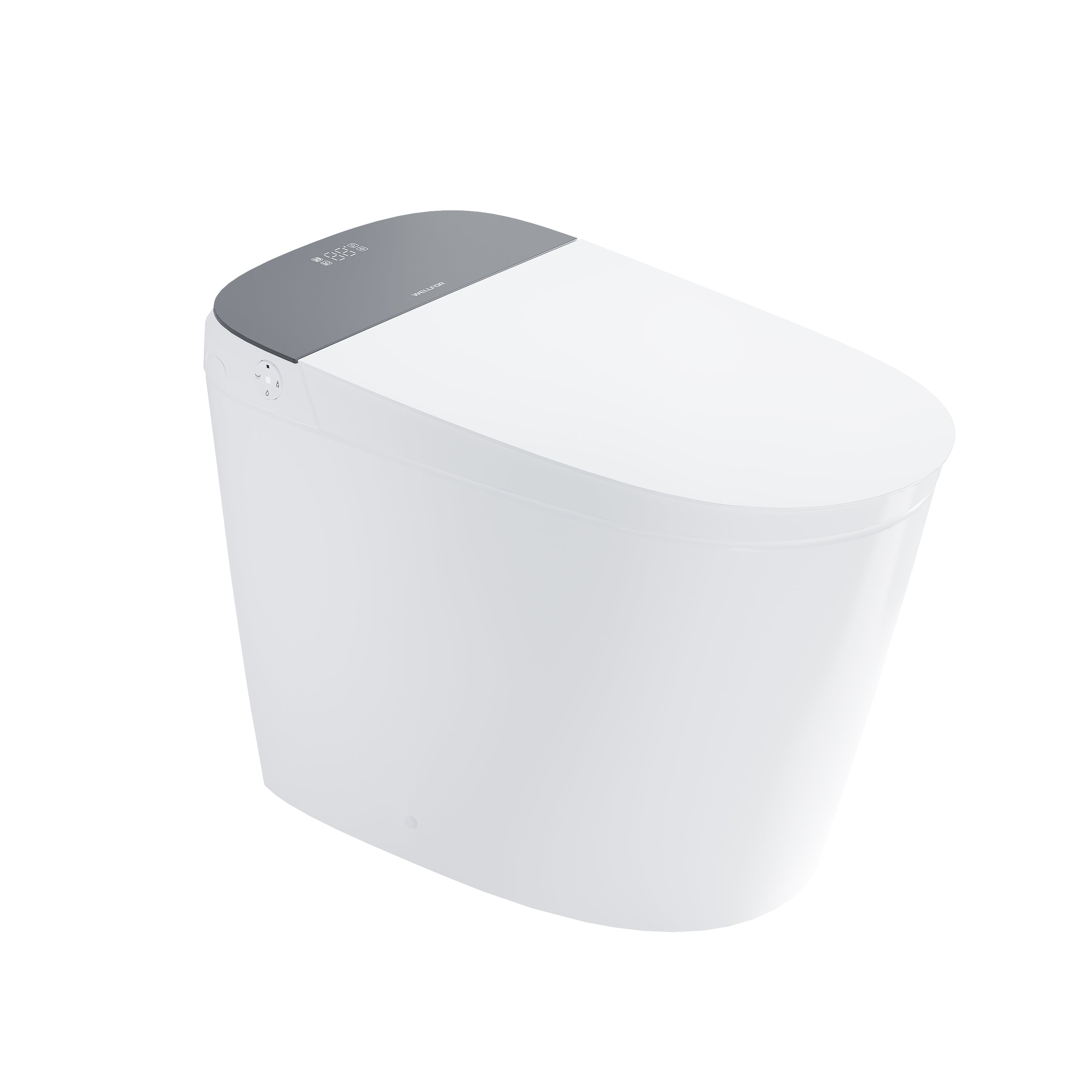
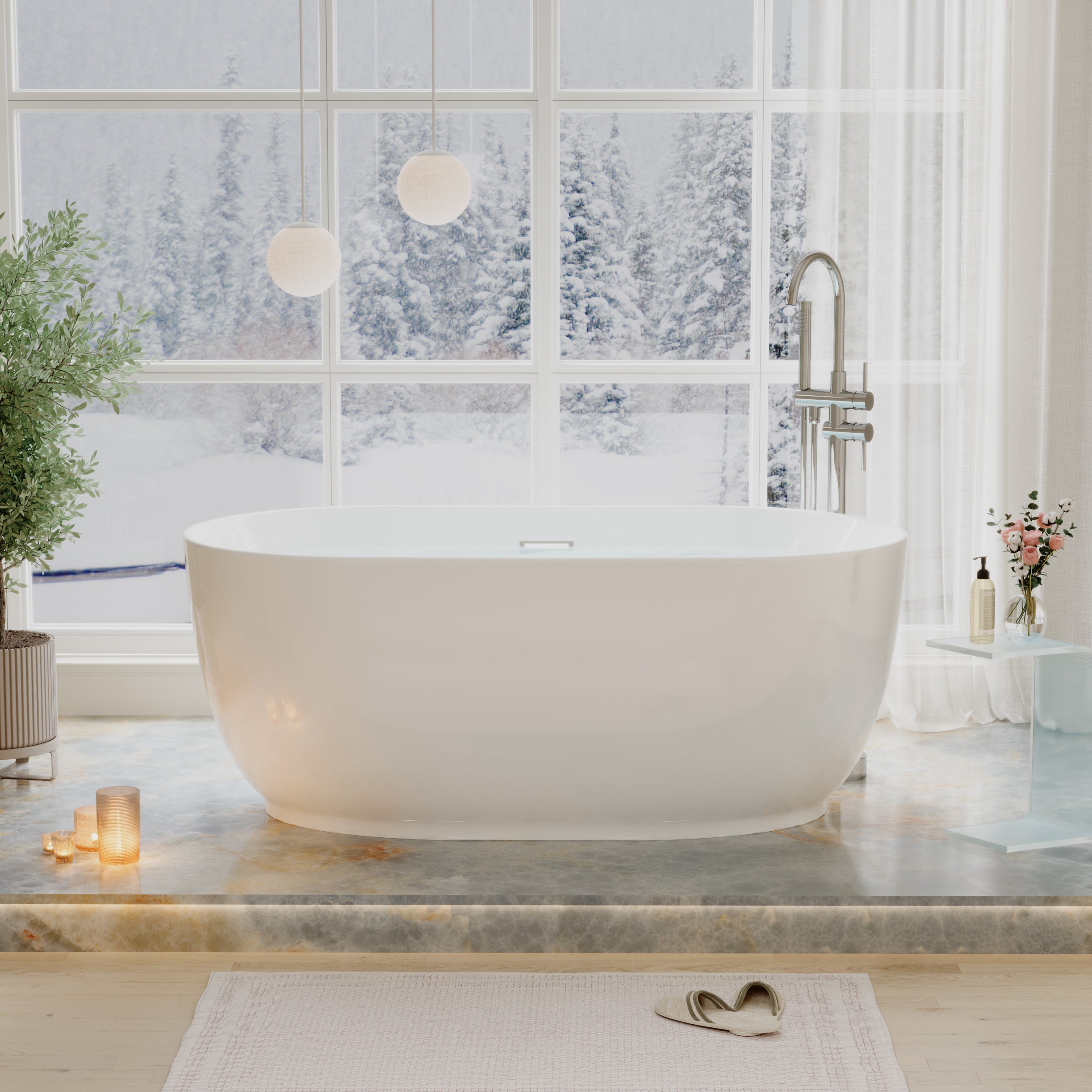
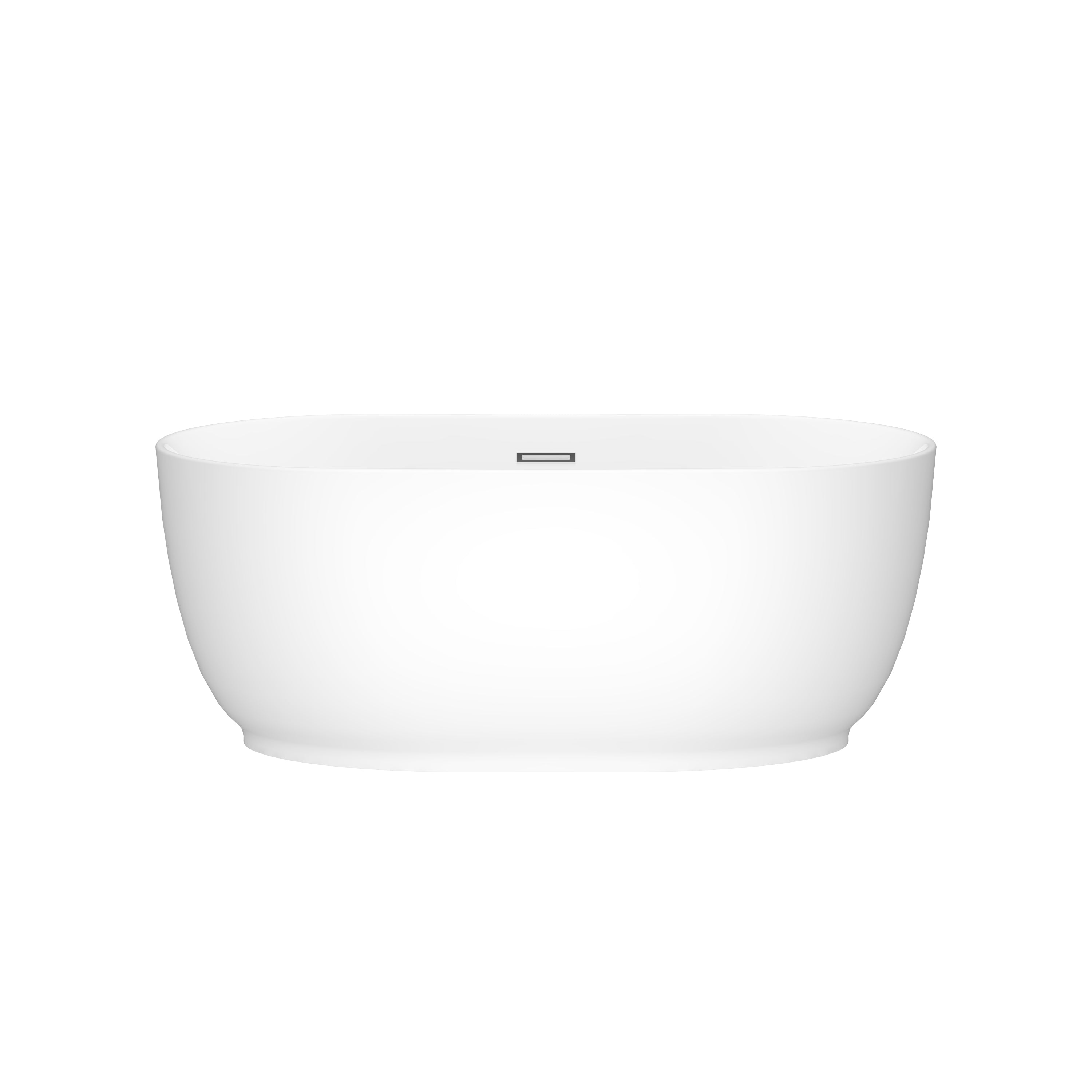
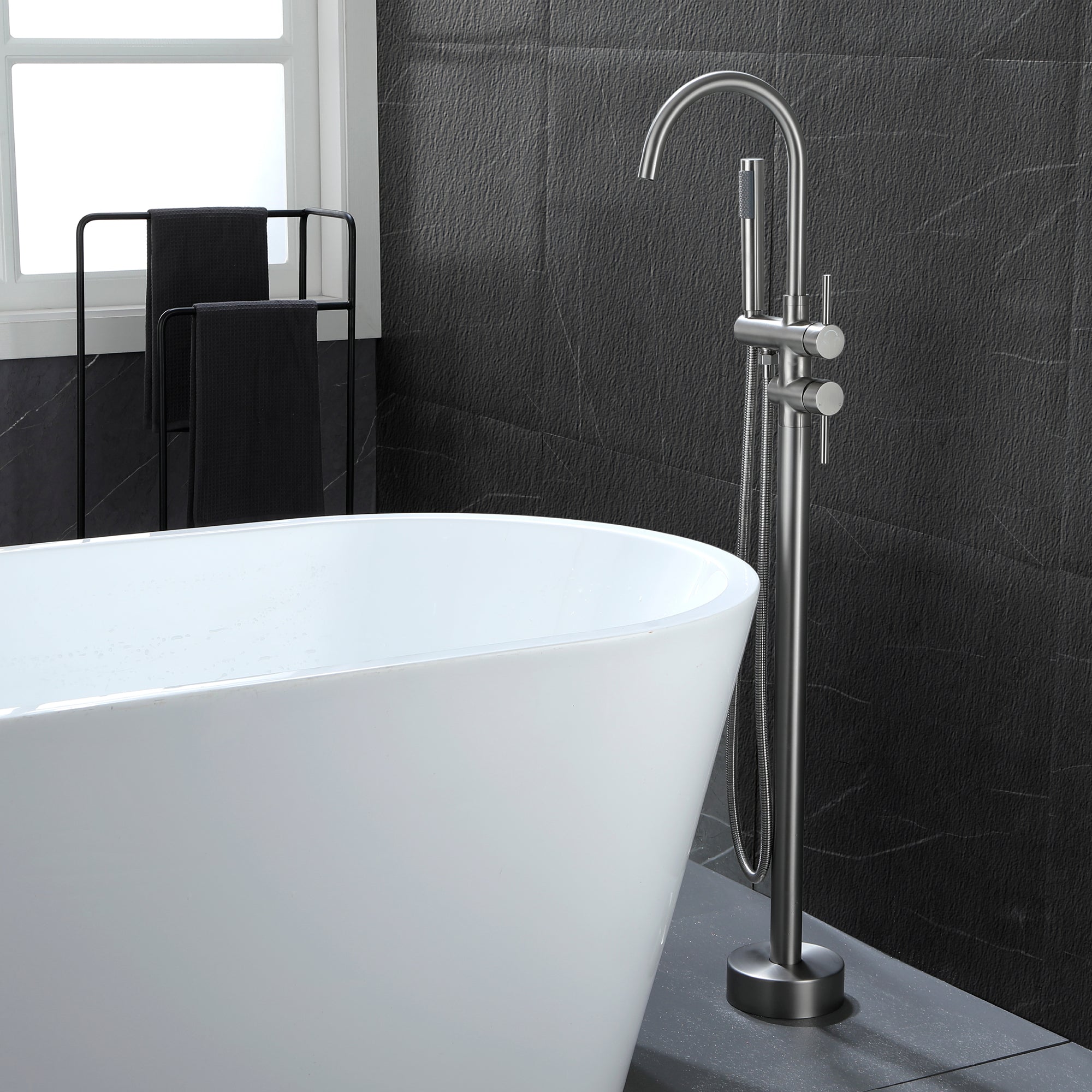

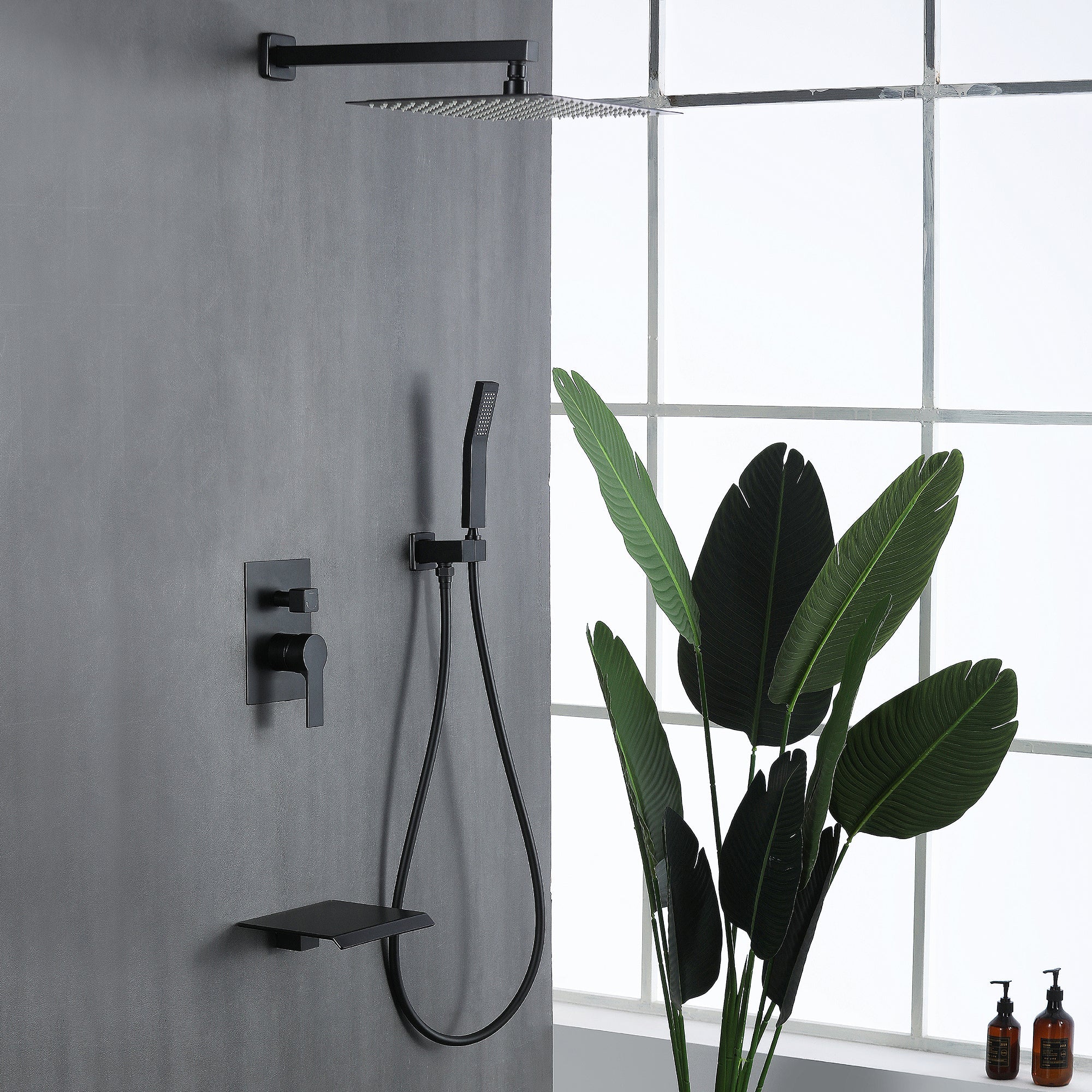
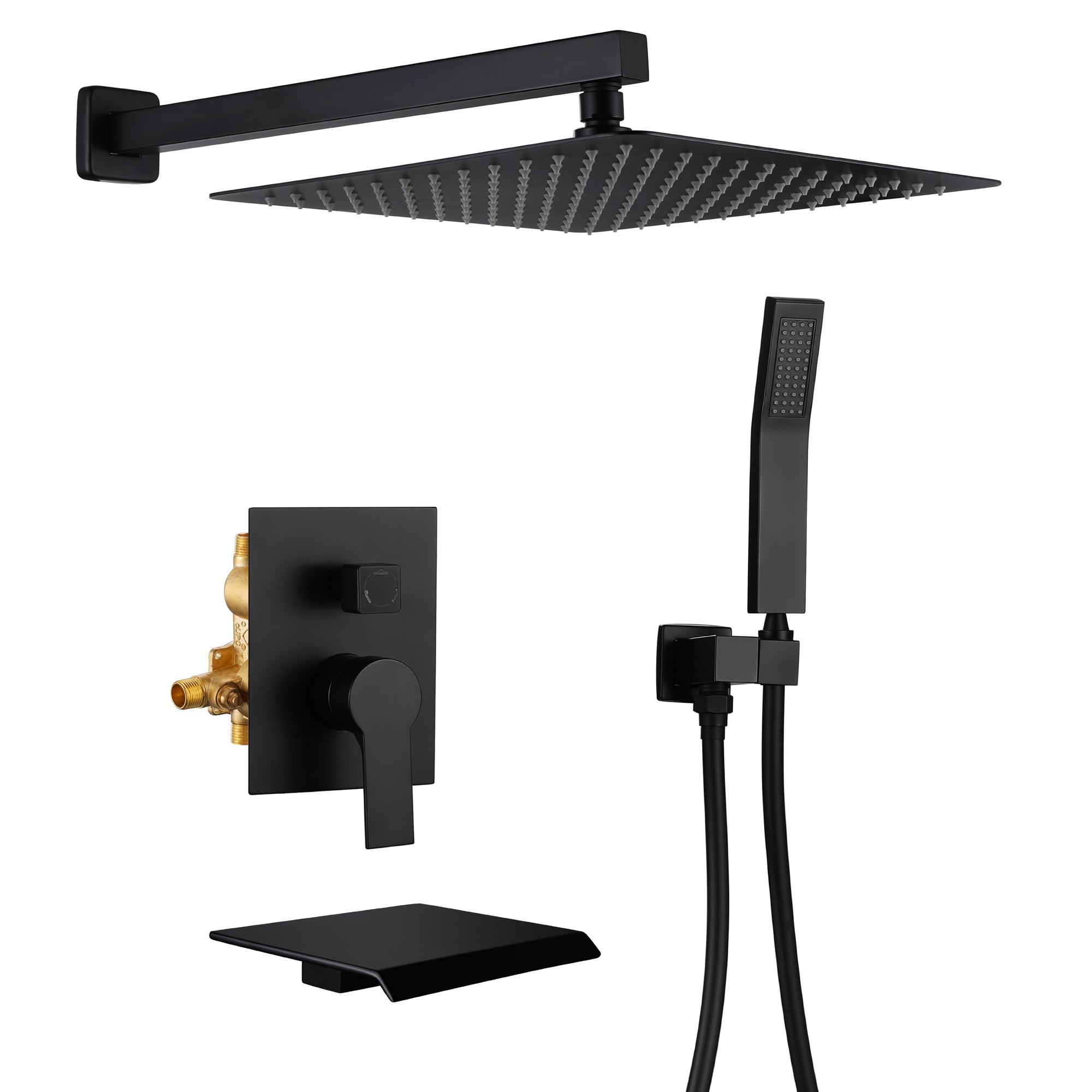
Leave a comment
This site is protected by hCaptcha and the hCaptcha Privacy Policy and Terms of Service apply.